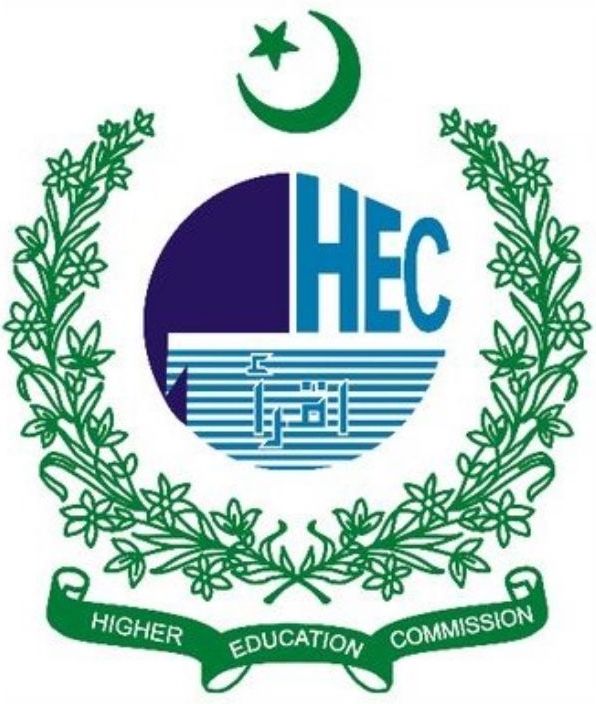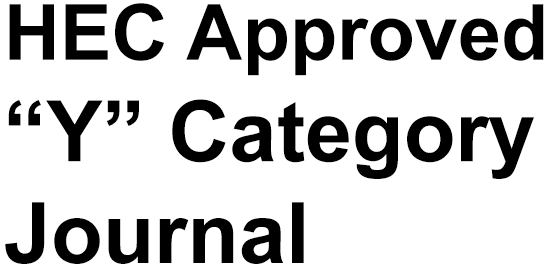Asymmetric Volatility and Market Efficiency: Evidence from Asian Pacific Stock Exchanges Using GARCH Family Models
DOI:
https://doi.org/10.63056/ACAD.004.02.0175Keywords:
ARCH , GARCH, EGARCH, Asymmetric VolatilityAbstract
The study is conducted with aim to analyze and examine the behavior of Asian Pacific stock market by analyzing the volatilities of five chosen stock markets; Karachi Stock Exchange (KSE) 100, Jakarta Stock Exchange (JKSE), Nikkei 225 Stock (N225), Shanghai Stock Exchange (SSE) and Taiwan Stock Exchange (TWSE) indices. This study takes 25 years, 2000 till 2024 of data by taking daily prices of the markets. The prices were transformed to log returns. In the descriptive statistics N225 index had recorded the highest positive return and highest negative return. Similarly, TWSE index recorded the lowest positive and lowest negative returns. Furthermore, modeling the volatilities, the study first estimated the ARCH effect for heteroscedasticity, the results are significant for all the series. The outcomes of GARCH model for all the series are significant. The study finds that past volatilities are significantly affecting the current volatilities and empirically the future returns and volatilities can be predicted by using past volatilities. The EGARCH model found that all the indices are having asymmetric volatilities. Thus, it is concluded that Asian pacific stock markets behave in similar way.
Downloads
Published
Issue
Section
License
Copyright (c) 2025 Folad Amar Khel, Prof. Dr. Attaullah Shah (Author)

This work is licensed under a Creative Commons Attribution 4.0 International License.












